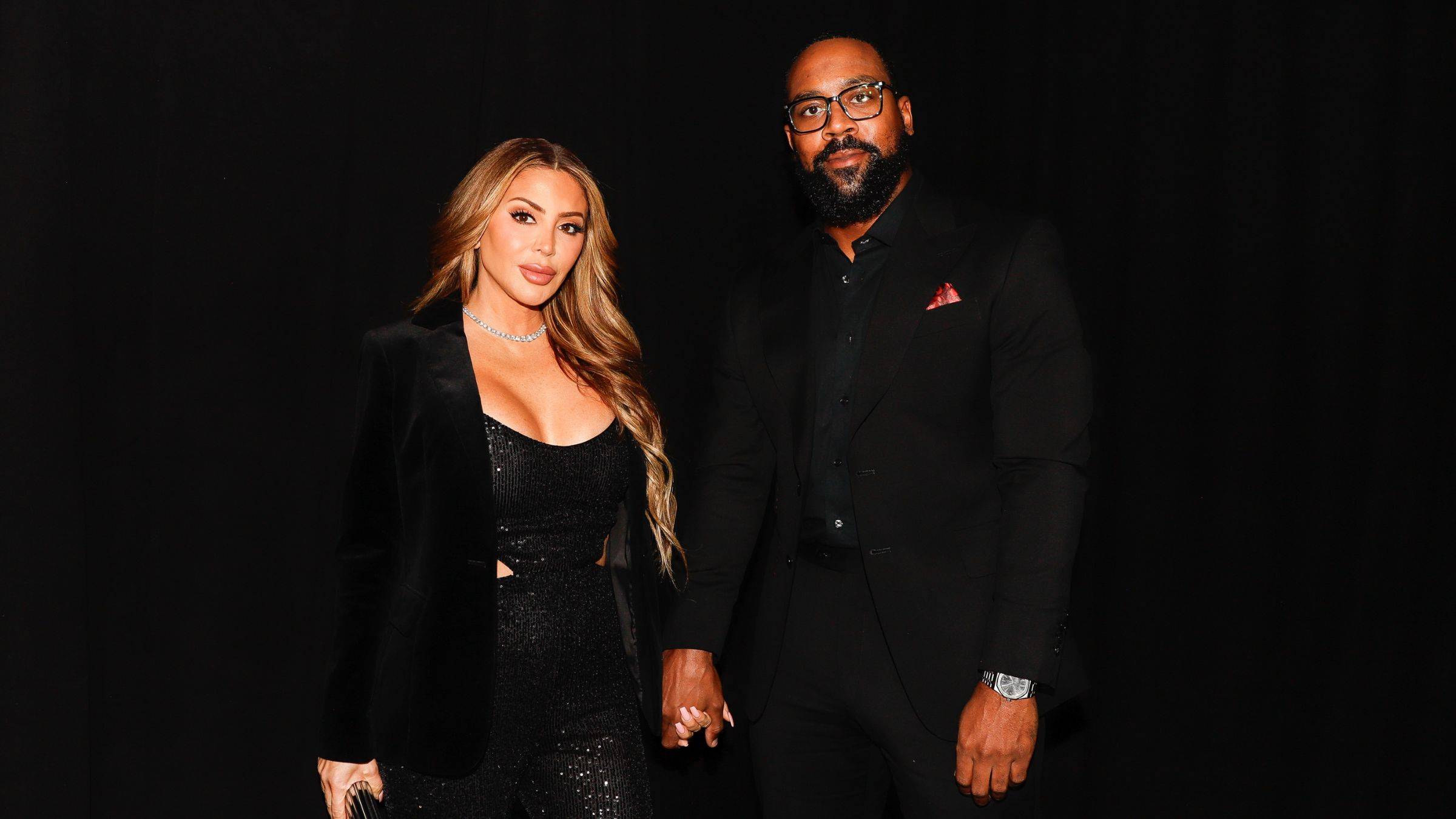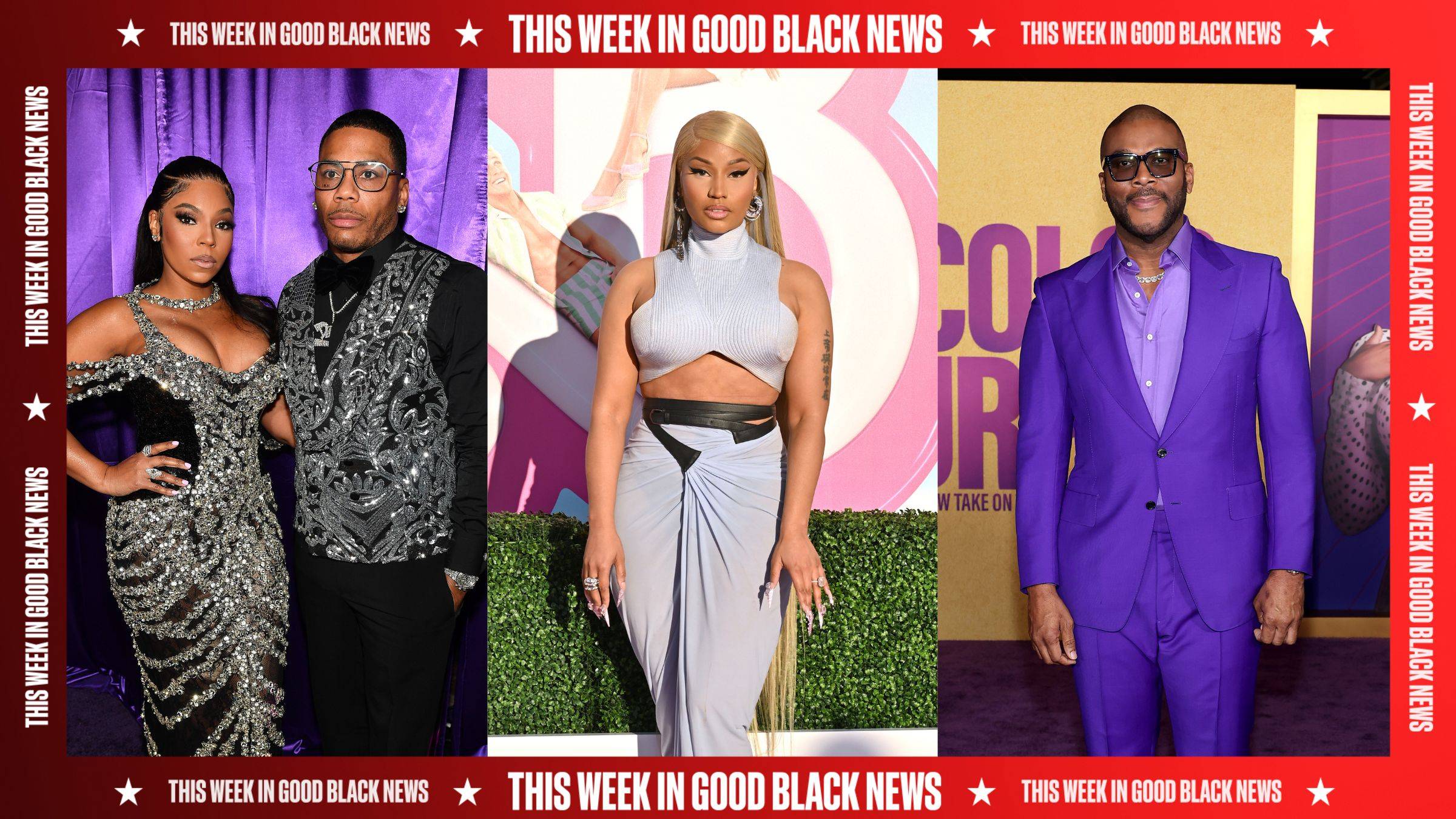Commentary: Power 5 Throws Chump Change at Student-Athletes

Big 12 commissioner Bob Bowlsby described what happened on Saturday in a suburb outside Washington, D.C., as “a big day for student-athletes.” Bowlsby glowed in public about what the Power 5 conferences did to send more dollars to their student-athletes.
"The benefits now available to student-athletes are more significant,” he said in reports from various media. “This is a big step forward and a response to a changing circumstance for the 21st-century athlete."
Significant?
Bowlsby needs to use his words with more care. For no athlete should see what the Power 5 did as giving value to him. Instead, what he should see is a power play on the part of the ACC, Big 12, Big Ten, SEC and the Pac-12 to distance their membership from onerous NCAA rules.
Understanding the money they make, these conferences stood firm that they didn’t want a rump organization like the NCAA to tell them how to spend that money, which has gone to build empires that rival anything professional teams have been able to build.
The Power 5 grabbed control of its dollars, and in throwing some of those dollars at athletes, the leagues were fending off efforts of their athletes, all emboldened by what Northwestern athletes had done, to get a share of the riches.
So the athletes get a few dollars more — not much more. Not when you look and see contracts of coaches and administrators shooting toward the ozone. School after school has pumped millions into their athletic programs, yet those same schools cried broke when it came to giving money to athletes.
Even administrators came to realize their lack-of-money argument didn’t hold up, so they tried to silence the discussion.
Labeled the “full cost of attendance,” the decision to throw additional money into scholarships drew high-fives and chest-bumps, but few wanted to explore how little help an additional $2,000 does for an athlete like Ohio State quarterback Cardale Jones, a young man who is now a young father.
Such athletes should not let administrators play them like fools, and they will have been played the fool if student-athletes thought the Power 5, which consists of only the wealthiest athletic conferences, was worried about them and not about its bottom line.
These conferences have millions to spend, and they’ll add even more millions to their bank accounts if the football playoffs — and the movement is heading in that direction — jumps from four to eight teams.
That expansion leads to another weekend of TV games and also more time away from the classroom for student-athletes, a disproportionate percentage of whom are Black males.
No doubt student-athletes will get some money. But the money won’t reflect their contributions to the athletic department’s budget; it won’t reflect their real needs, which are more than an additional $2,000 an academic year.
For now, the talk is about the two grand, and maybe it is worth the discussion. Yet to not discuss the why behind it is to ignore what big-time college athletics are: an enterprise that enriches the bosses but not the worker bees.
The opinions expressed here do not necessarily reflect those of BET Networks.
BET Sports News -- Get the latest news and information about African-Americans in sports including weekly recaps, celebrity news and photos of your favorite Black athletes. Click here to subscribe to our newsletter.
(Photo: TIM WARNER/CSM /LANDOV)





